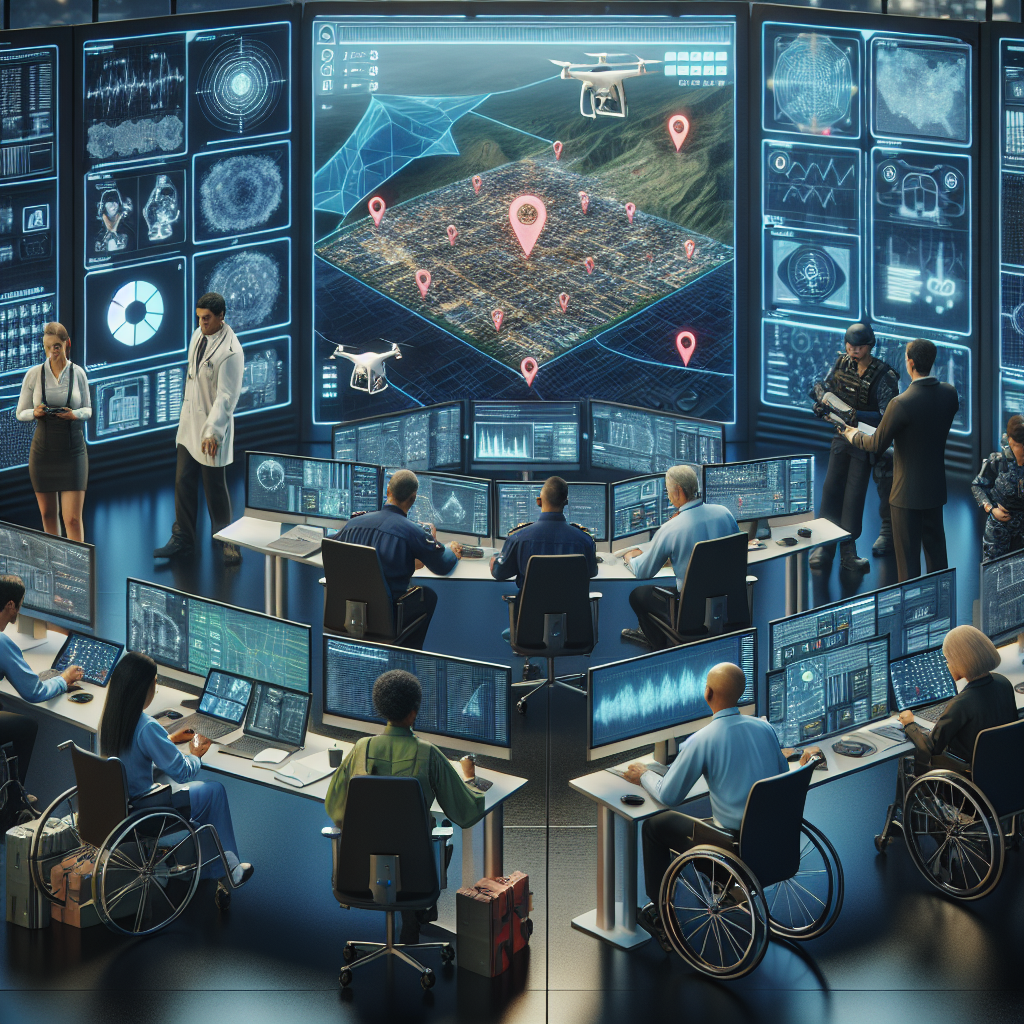In recent years, the use of artificial intelligence (AI) tools in disaster response and emergency management has become increasingly prevalent. AI technologies have the potential to revolutionize the way we prepare for and respond to natural disasters, pandemics, and other emergencies. From predicting disaster risks to optimizing resource allocation, AI tools can play a critical role in improving the efficiency and effectiveness of emergency response efforts.
One of the key areas where AI tools are making a significant impact is in predictive modeling and risk assessment. By analyzing vast amounts of data from sources such as satellite imagery, social media, and historical disaster records, AI algorithms can identify patterns and trends that can help predict the likelihood and severity of future disasters. This information can be used to develop early warning systems and evacuation plans, allowing authorities to take proactive measures to mitigate the impact of disasters on communities.
AI tools can also be used to optimize resource allocation during emergency response operations. By analyzing real-time data on factors such as population density, infrastructure damage, and the availability of supplies, AI algorithms can help emergency responders make more informed decisions about where to deploy resources such as first responders, medical supplies, and shelter. This can help ensure that resources are allocated efficiently and effectively, maximizing the impact of response efforts.
In addition to predictive modeling and resource allocation, AI tools can also be used to enhance communication and coordination during emergency response operations. For example, AI-powered chatbots can be used to provide real-time updates and information to affected communities, helping to reduce confusion and uncertainty during times of crisis. AI algorithms can also analyze social media data to identify trends and sentiment in real-time, helping authorities to better understand public perceptions and concerns during emergencies.
Furthermore, AI tools can be used to streamline decision-making processes during emergency response operations. By automating tasks such as data analysis, risk assessment, and resource allocation, AI algorithms can help emergency responders make faster and more informed decisions, leading to more effective response efforts. This can be especially crucial in fast-moving and complex emergencies where decisions need to be made quickly to save lives and minimize damage.
Overall, the role of AI tools in disaster response and emergency management is becoming increasingly important as the frequency and severity of natural disasters and emergencies continue to rise. By harnessing the power of AI technologies, we can improve the efficiency, effectiveness, and resilience of emergency response efforts, ultimately saving lives and reducing the impact of disasters on communities.
FAQs
Q: What are some examples of AI tools used in disaster response and emergency management?
A: Some examples of AI tools used in disaster response and emergency management include predictive modeling algorithms, resource allocation optimization algorithms, chatbots for communication with affected communities, and sentiment analysis algorithms for analyzing social media data.
Q: How can AI tools help improve the efficiency of emergency response efforts?
A: AI tools can help improve the efficiency of emergency response efforts by automating tasks such as data analysis, risk assessment, and resource allocation. This can help emergency responders make faster and more informed decisions, leading to more effective response efforts.
Q: What are some challenges associated with the use of AI tools in disaster response and emergency management?
A: Some challenges associated with the use of AI tools in disaster response and emergency management include data privacy concerns, ethical considerations, and the need for ongoing training and education for emergency responders to effectively use AI technologies.
Q: How can communities benefit from the use of AI tools in disaster response and emergency management?
A: Communities can benefit from the use of AI tools in disaster response and emergency management by receiving faster and more accurate information, more efficient resource allocation, and improved coordination and communication during emergencies. This can help save lives and reduce the impact of disasters on communities.

